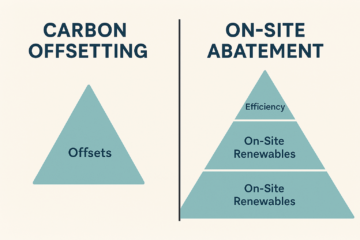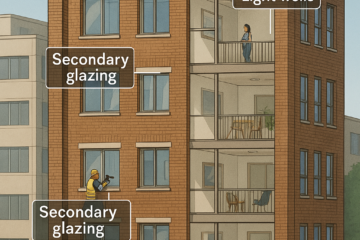Why WSUD Is No Longer Optional
Extreme rainfall events are rising by 11 % per degree of warming, and every state planning scheme now mandates on‑site storm‑water quality targets (e.g., 45 % reduction in total nitrogen in Victoria’s BPEM). Smart WSUD can also unlock Green Star ‘Water’ points and council fast‑track approvals.
Top 5 WSUD Elements & Their ROI
| WSUD Element | Typical Capital Cost (AU$/m²) | Annual O&M (AU$/m²) | Pollutant Reduction (TN) | Payback via Storm‑Water Fee Offsets |
| Rain Gardens | 220–350 | 4–7 | 45–55 % | 8–10 yrs |
| Biofiltration Swales | 120–200 | 3–6 | 35–50 % | 6–9 yrs |
| Permeable Paving | 90–140 | 1–2 | 25–40 % | 12–15 yrs |
| Green Roofs | 260–420 | 6–10 | 35–45 % (plus urban‑heat‑island cuts) | 14–18 yrs |
| Rainwater Harvesting (100 kL) | 2.8–3.5 k per kL | 0.02 k per kL | n/a (volume reduction) | 7–11 yrs |
Design Tips for 2025 Compliance
- Integrate early—co‑locate WSUD zones with landscape buffers to avoid lost NLA.
- Size rain‑garden media to 0.6 m depth for drought resilience.
- Use hydraulic conductivity 100–300 mm/hr to meet treatment flow without clogging.
Case Study – Barangaroo South, Sydney
A precinct‑scale WSUD network of 2 ha of bio‑filters treats 100 % of storm‑water on site, saving AU$1 M / yr in water fees and gaining 10 Green Star points.
Quick Wins
- Swap concrete pits for HDPE modular cells—30 % cheaper and lower embodied carbon.
- Add IoT moisture sensors for adaptive irrigation, cutting O&M by 15 %.




0 Comments